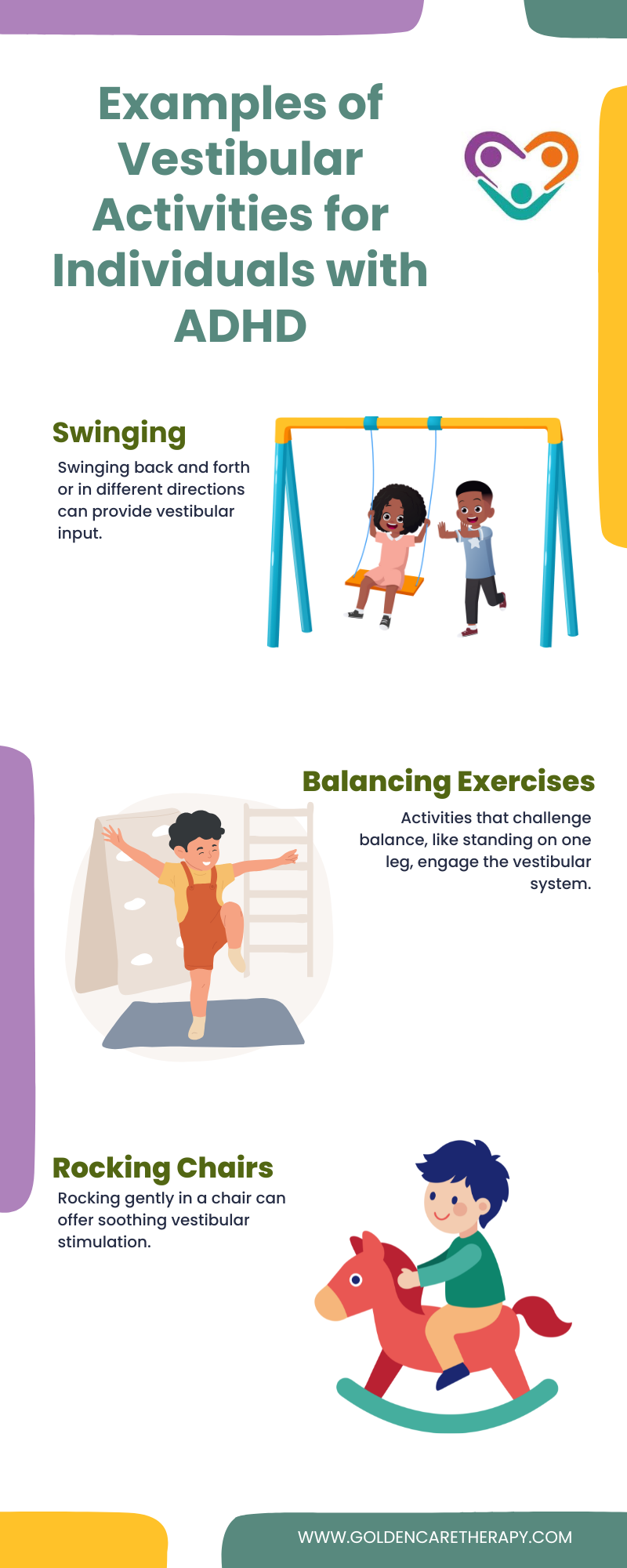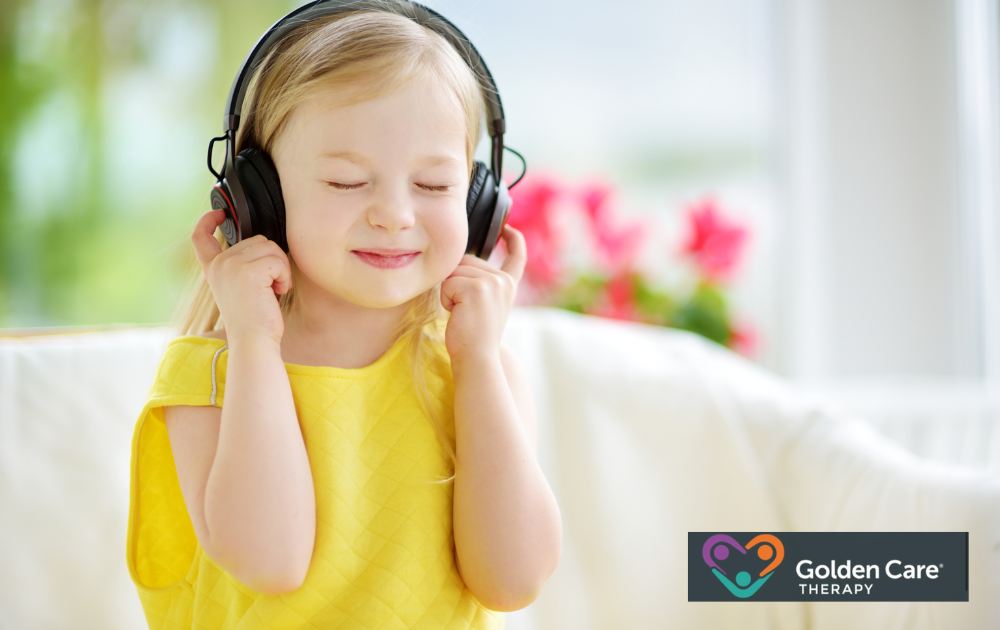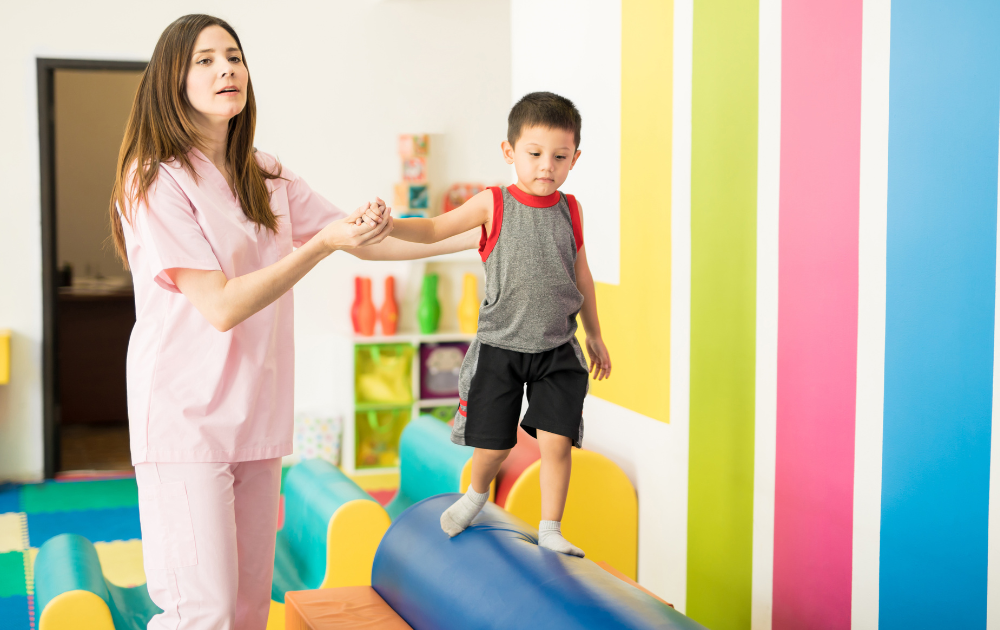Sensory activities can be a powerful tool for children with ADHD, helping them manage energy, focus, and emotions. Through touch, movement, sound, and other sensory experiences, these activities provide a way for kids to explore and interact with the world in a way that feels both calming and engaging.
Tapping into the senses makes it easier for children with ADHD to regulate their minds and bodies, making it simpler to concentrate, feel more grounded, and even improve social skills.
For many children, these activities turn everyday moments into opportunities for growth, offering a natural, enjoyable path toward greater self-control and confidence.
Are Sensory Activities Beneficial for Children with ADHD?
Yes, sensory activities can be highly beneficial for children with ADHD. Engaging in sensory activities helps children regulate their energy levels and maintain focus by offering stimulating yet controlled sensory input.
Activities like bouncing on a therapy ball, playing with textured materials, or engaging in rhythmic movements like swinging or rocking provide physical outlets for pent-up energy.
These experiences can calm the nervous system, enhance focus, and reduce restlessness, making it easier for children with ADHD to concentrate on tasks afterward. Sensory play also promotes mindfulness, helping them develop better self-awareness and emotional regulation.
In addition, sensory activities help children with ADHD improve their motor skills, coordination, and body awareness. These activities allow them to practice and refine sensory processing, which can improve how they respond to various stimuli in daily life.
For example, activities like finger painting or using kinetic sand provide tactile feedback that can reduce fidgeting and enhance their ability to sit still for extended periods.
Importance of Sensory Activities in ADHD Treatment
The significance of sensory activities in ADHD treatment cannot be understated. These activities are instrumental in helping individuals with ADHD manage sensory processing challenges, improve focus and attention, and enhance emotional regulation.
Incorporating sensory activities into daily routines and environments allows individuals to experience a range of benefits that contribute to their overall quality of life.
Understanding the role that sensory activities play in addressing the sensory processing challenges associated with ADHD is key to developing effective strategies for supporting individuals with ADHD in their daily lives.
With sensory activities integrated into ADHD treatment plans and daily routines, individuals can harness the benefits of sensory interventions to improve their sensory processing, attention, and emotional well-being.

Benefits of Sensory Activities for Individuals with ADHD
One of the key benefits of sensory activities for individuals with ADHD is their ability to regulate sensory input.
Sensory activities provide a structured and controlled environment for individuals to engage with various stimuli, helping them manage sensory overload and enhance their sensory processing skills.
Sensory activities have also been shown to be effective in improving focus and attention in individuals with ADHD. By engaging in sensory experiences that stimulate different senses, individuals can increase their ability to concentrate, stay on task, and reduce distractions.
Emotional regulation is another common challenge for individuals with ADHD, and sensory activities can play a significant role in enhancing this skill. By engaging in sensory experiences that promote relaxation, self-awareness, and emotional expression, individuals can learn to better regulate their emotions and responses to different situations.
Types of Sensory Activities
While incorporating sensory activities into the daily routine of individuals with ADHD, it’s important to consider a variety of activities that cater to different sensory needs. Here are some common types of sensory activities that can benefit individuals with ADHD:
Proprioceptive Activities
Proprioceptive activities involve deep pressure and muscle resistance. These activities can help individuals with ADHD improve body awareness, coordination, and self-regulation.
Some examples of proprioceptive activities include:
- Squatting: Performing squats with proper form helps provide deep pressure to the joints.
- Wall Push-Ups: Pushing against a wall helps engage the muscles and joints, providing proprioceptive input.
Weighted Blankets: Using a weighted blanket during rest or sleep can promote calming sensory input.
Vestibular Activities
Vestibular activities focus on movement and balance, stimulating the vestibular system located in the inner ear. These activities can help individuals with ADHD improve balance, coordination, and attention.
Some examples of vestibular activities include:

Tactile Activities
Tactile activities involve the sense of touch and texture, providing sensory input through the skin. These activities can help individuals with ADHD improve sensory processing and tactile sensitivity. Some examples of tactile activities include:
- Playdough Play: Manipulating and molding playdough engages the sense of touch and texture.
- Sand Play: Playing in sand pits or using kinetic sand can offer tactile sensory experiences.
- Texture Boards: Exploring different textures on boards or surfaces can stimulate tactile sensations.
Visual and Auditory Activities
Visual and auditory activities focus on stimulating the senses of sight and hearing. These activities can help individuals with ADHD improve focus, attention, and sensory integration. Some examples of visual and auditory activities include:
- Visual Tracking Games: Engaging in games that require visual tracking can enhance visual attention.
- Listening to Music: Listening to calming music or sounds can help regulate auditory sensory input.
- Art Therapy: Engaging in art activities can stimulate visual and creative expression, providing sensory benefits.
Incorporating a combination of these sensory activities tailored to the individual’s preferences and needs can enhance the overall sensory experience and help manage symptoms of ADHD effectively.
Consultation and Collaboration
To address sensory challenges in individuals with ADHD, collaboration with therapists and professionals is vital as it supports the development of effective strategies and interventions. Additionally, communication with schools and caregivers is essential for creating a supportive environment and ensuring continuity of care.
Engaging with therapists and professionals who specialize in sensory processing and ADHD can provide valuable insights and personalized guidance for tailoring sensory activities to meet the specific needs of individuals with ADHD.
These experts can conduct assessments to identify sensory issues, develop individualized treatment plans, and offer support in implementing sensory interventions.
Also, collaboration with schools and caregivers is crucial for ensuring that sensory activities are integrated seamlessly into the individual’s daily routine and educational program. By communicating with teachers, support staff, and other school personnel, parents can advocate for the inclusion of sensory breaks and accommodations that support sensory regulation in the classroom.
Open and consistent communication with caregivers, including family members, therapists, and other support providers, is essential for maintaining continuity of care and ensuring that sensory activities are reinforced across different settings.
Sharing information about the individual’s sensory preferences, triggers, and strategies can help create a cohesive support system that promotes the effective management of sensory processing problems in ADHD.

Conclusion
Incorporating sensory activities into the lives of children with ADHD can be a powerful way to help them thrive. These activities not only provide a safe outlet for their energy but also support focus, calmness, and confidence.
Whether through hands-on play, movement, or soothing exercises, sensory activities create a world where kids with ADHD feel empowered and understood.
Making sensory activities a regular part of their routine gives them tools to succeed in their unique way, thus making everyday challenges a little easier to handle. At Golden Care Therapy, we are proud to offer top-quality ABA services in Indiana, designed to provide personalized support for each individual.
Our compassionate, experienced team is dedicated to fostering real progress and helping clients thrive. Contact us to discuss how we can create a tailored plan for your needs.
Sources:



